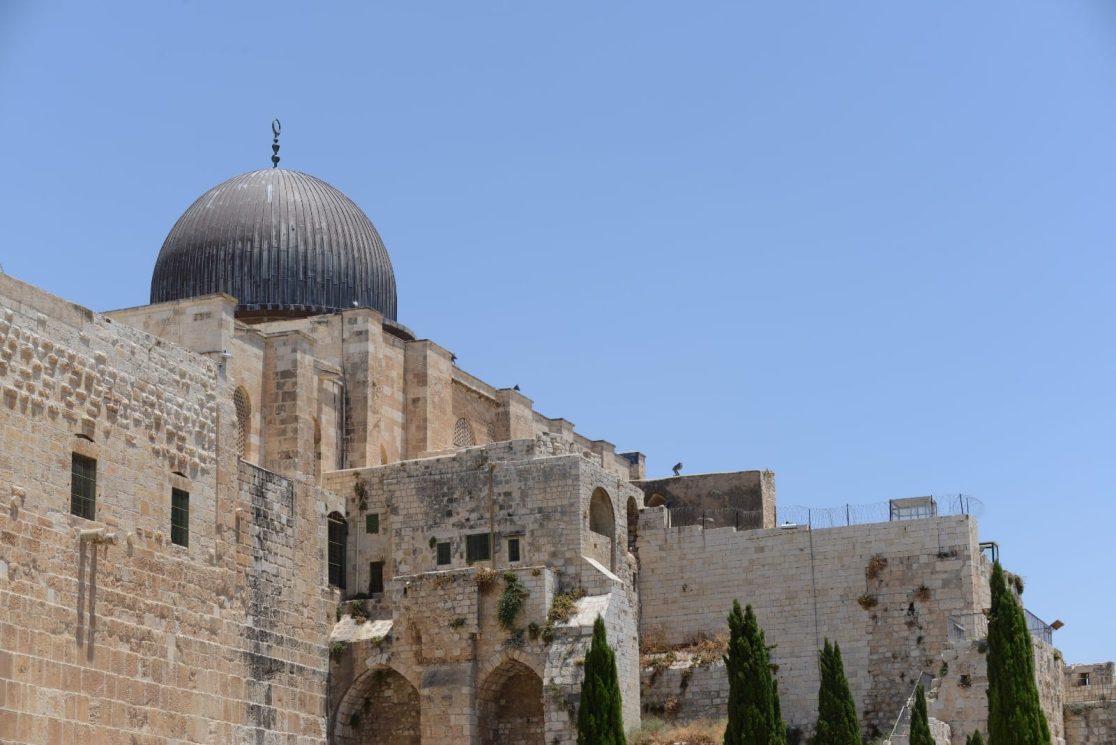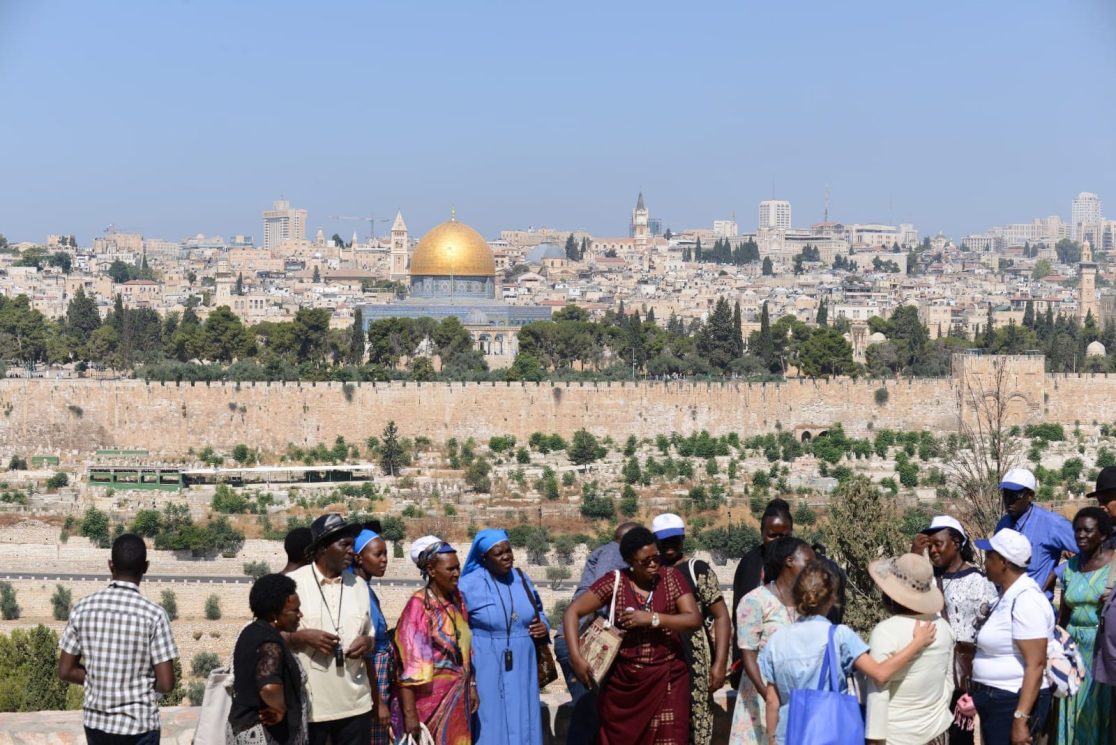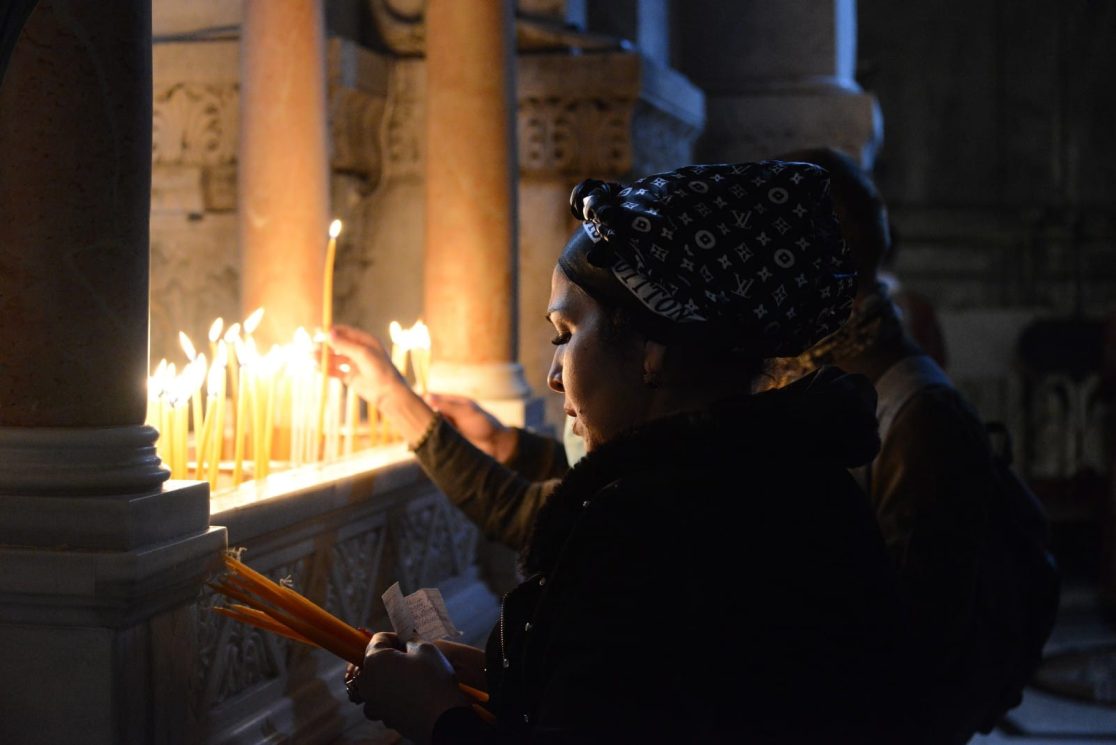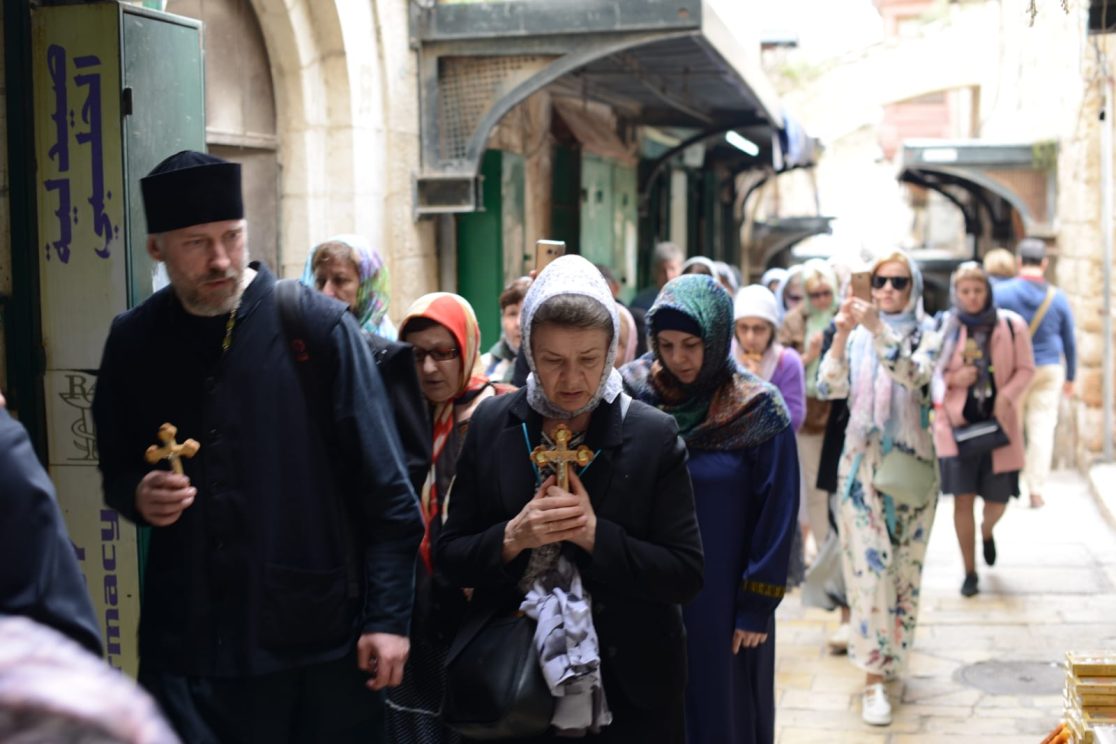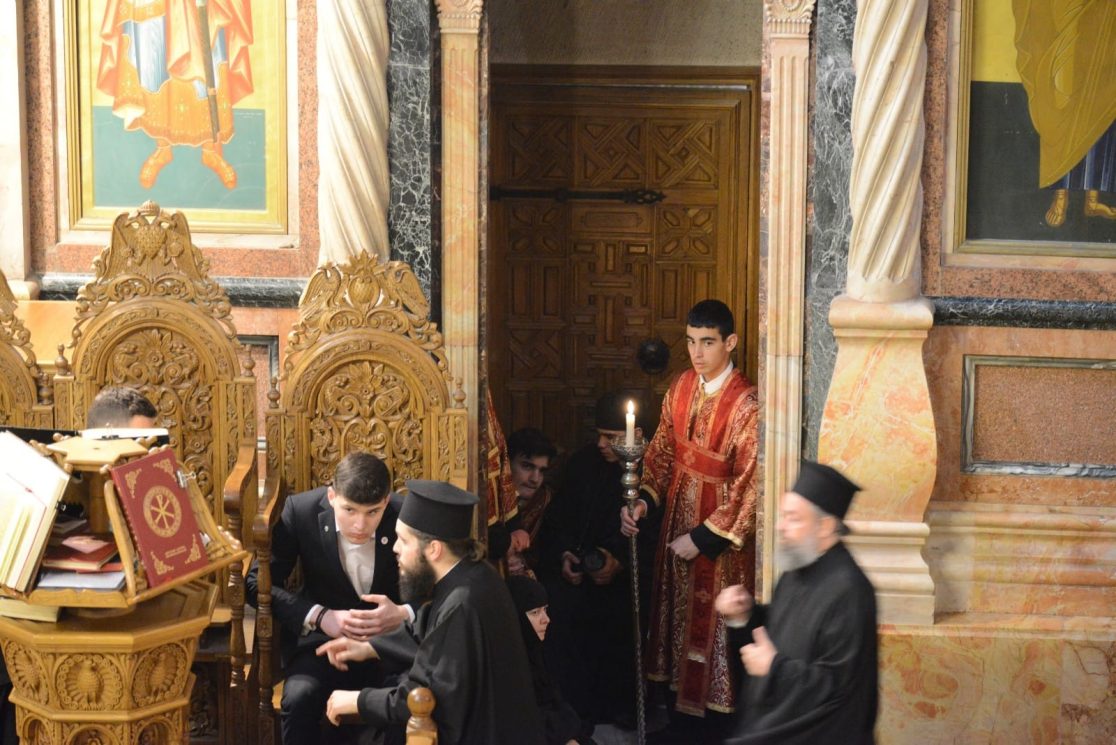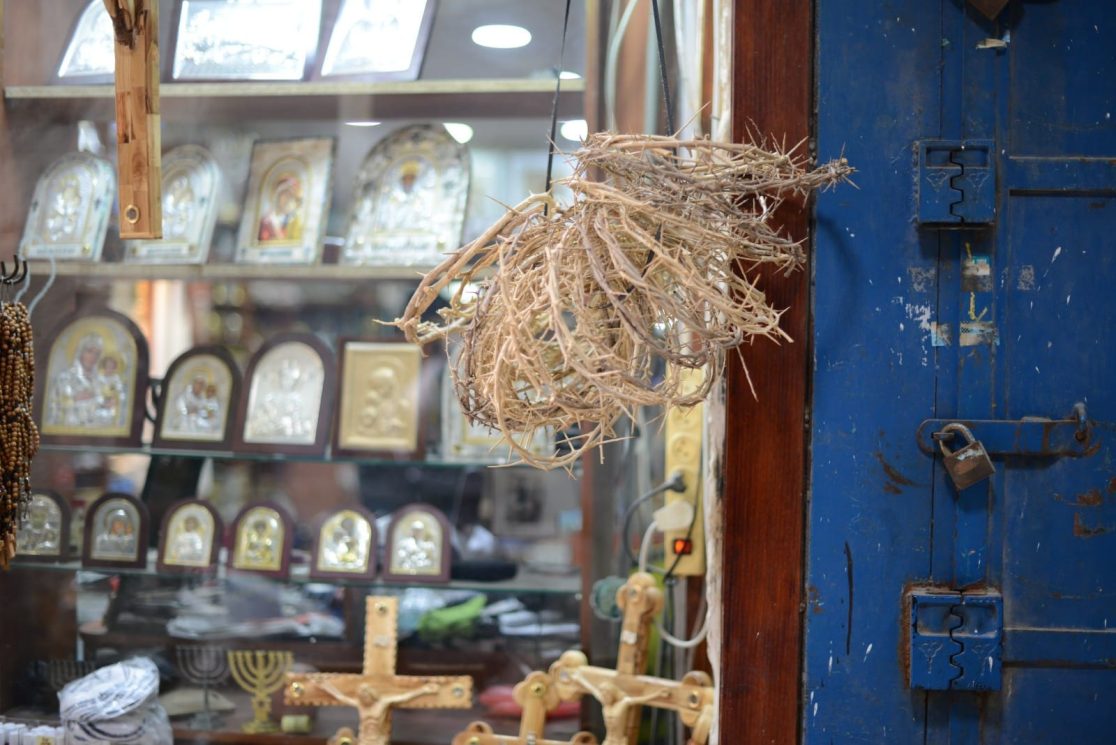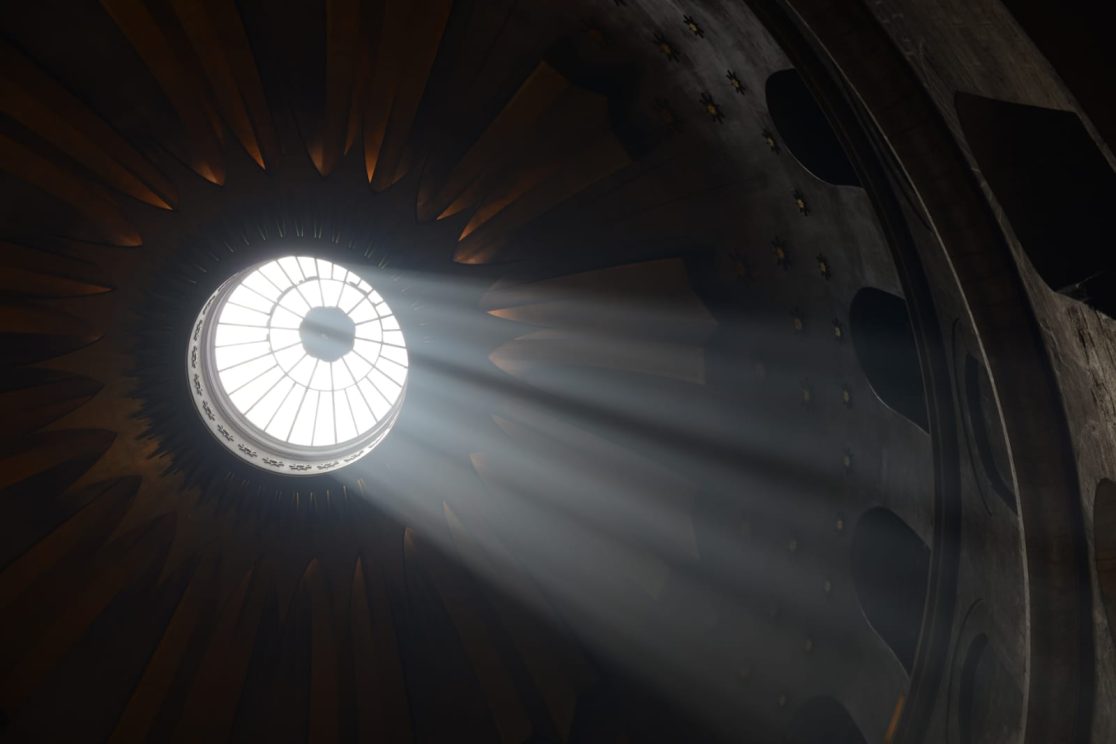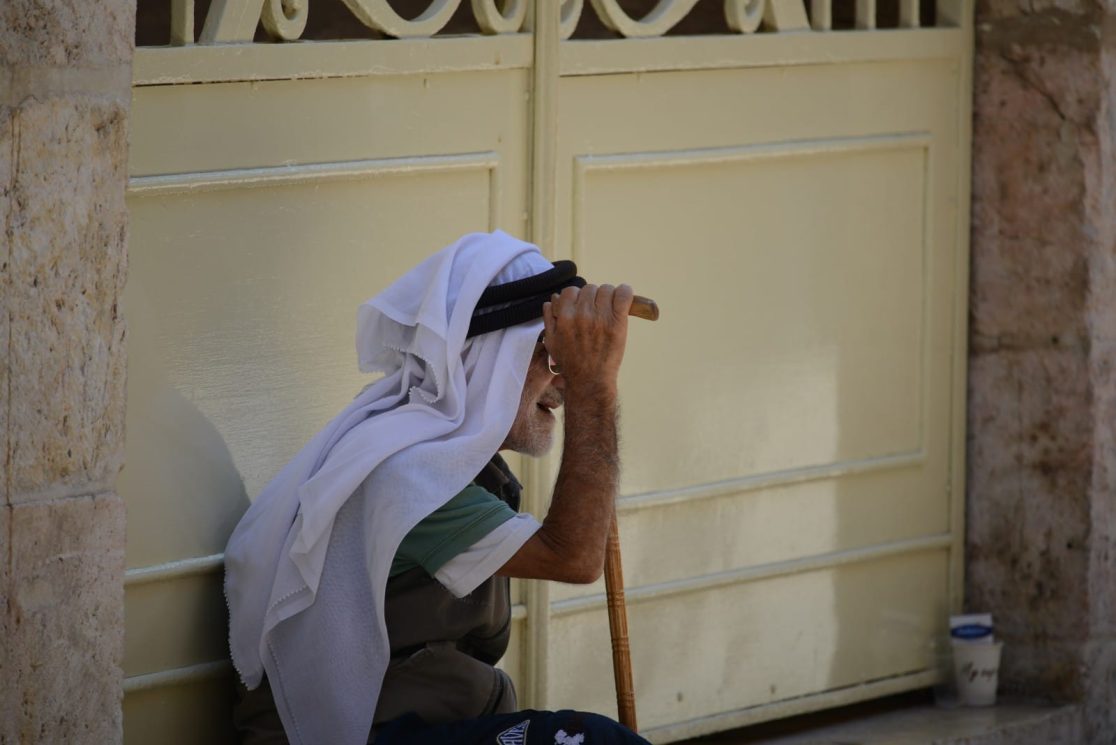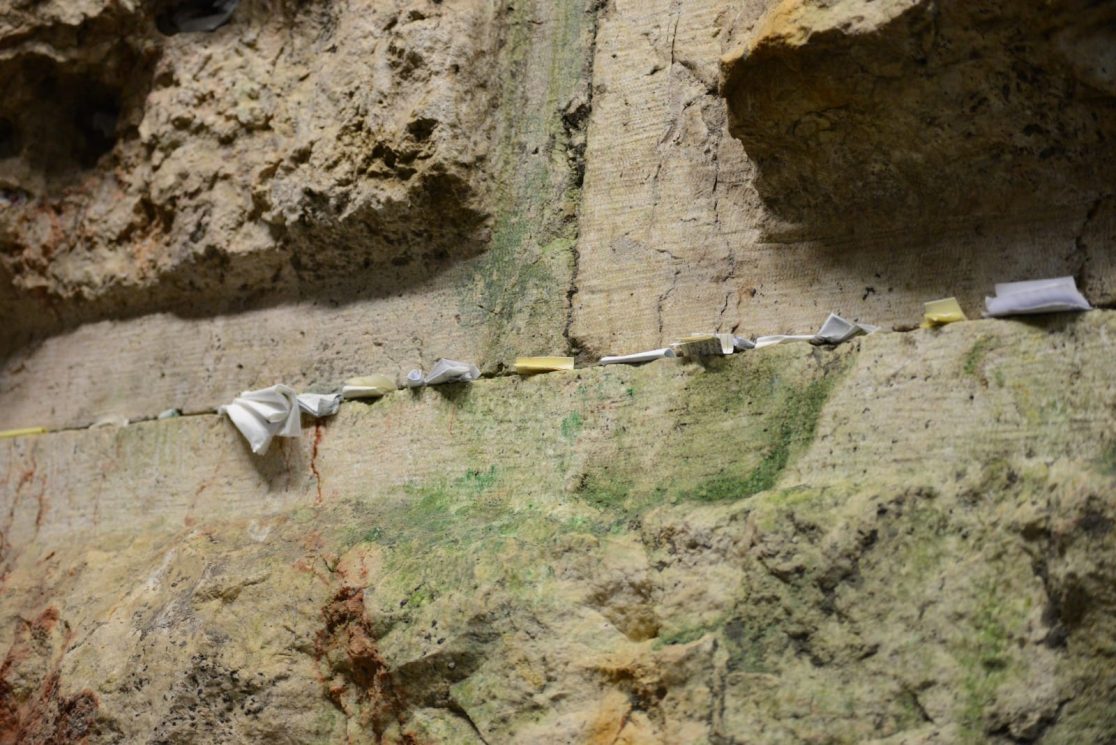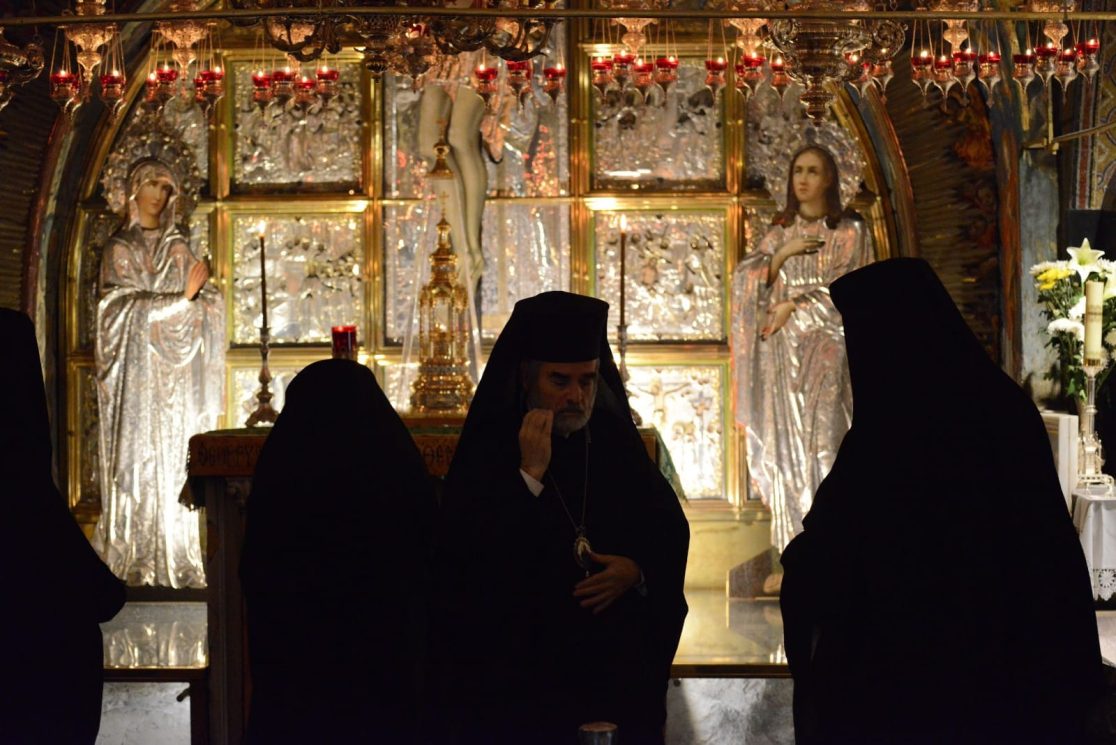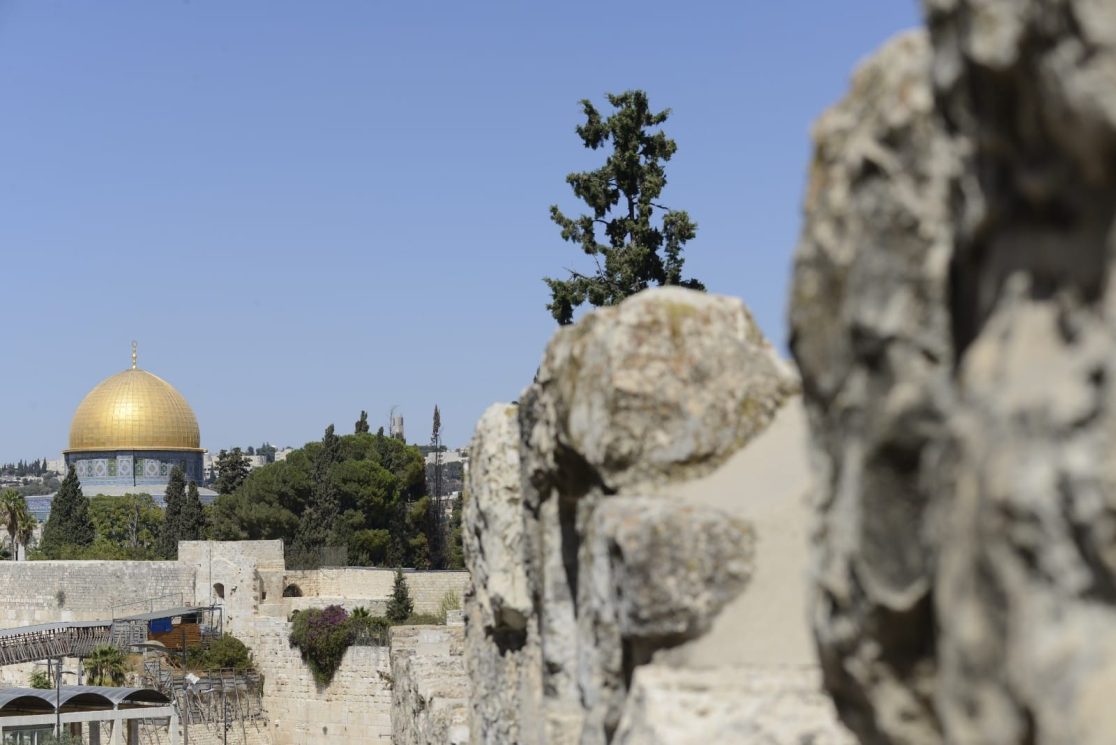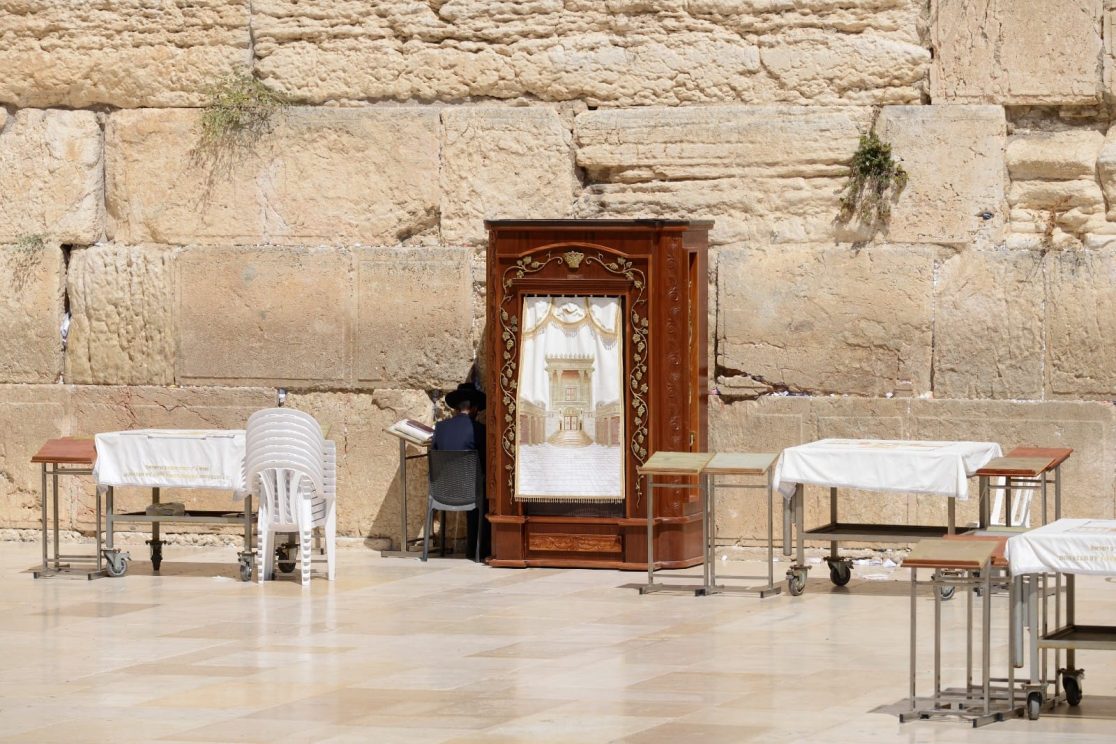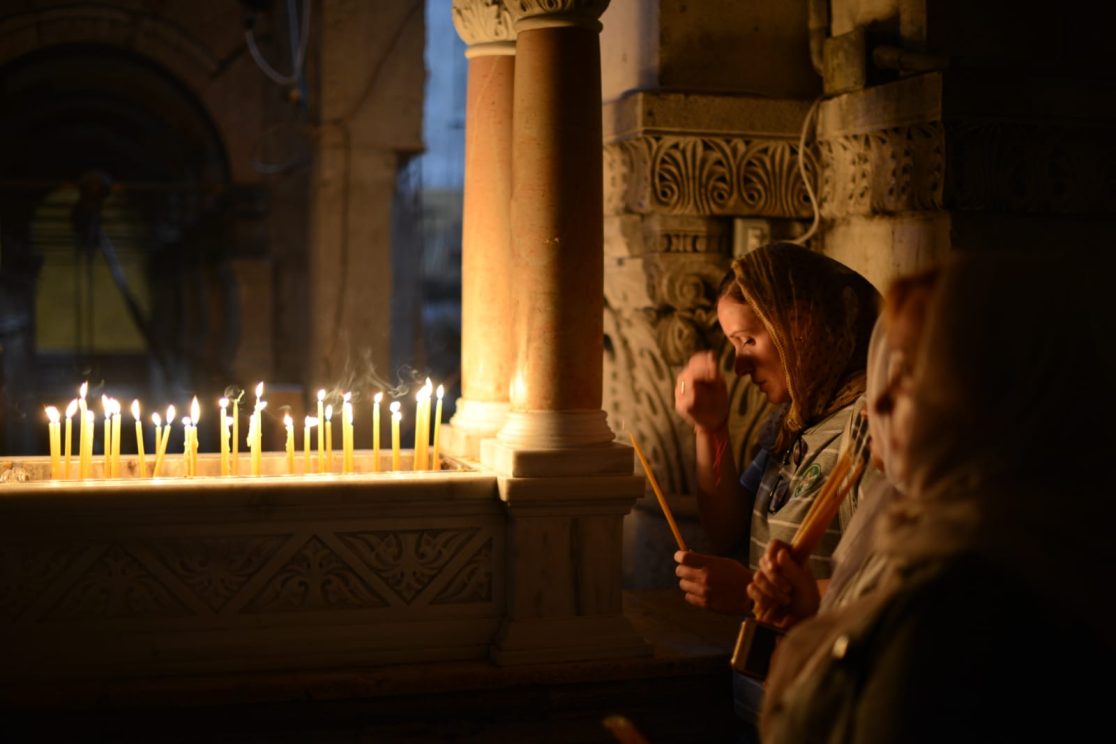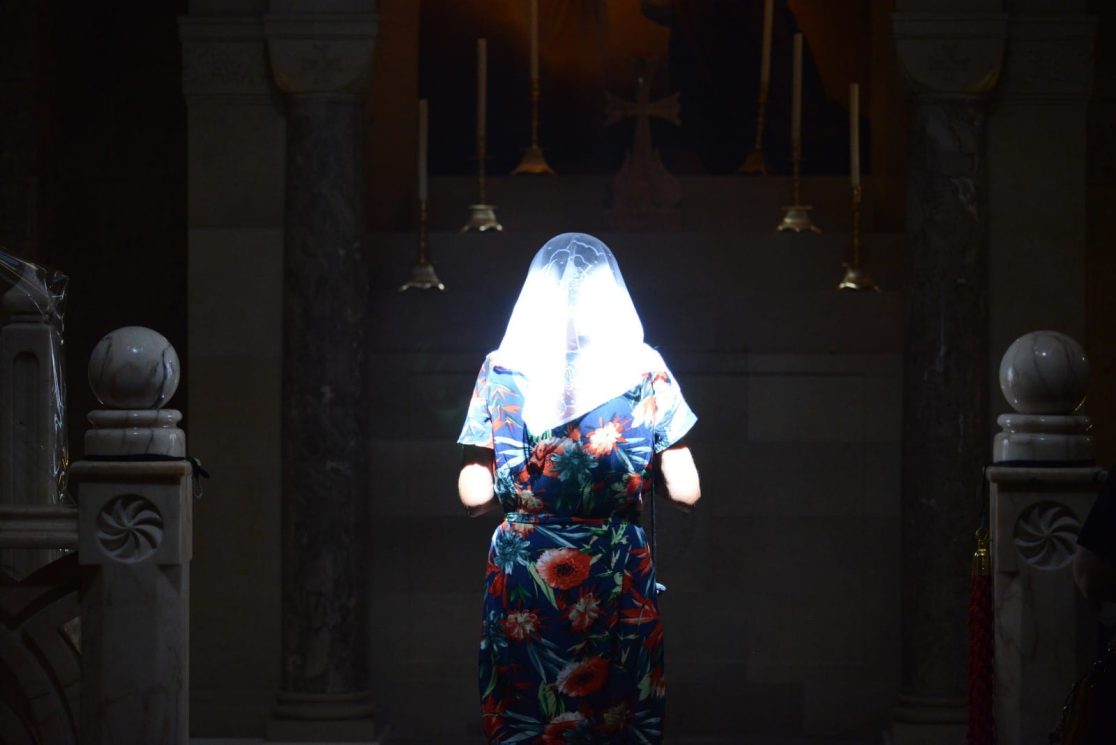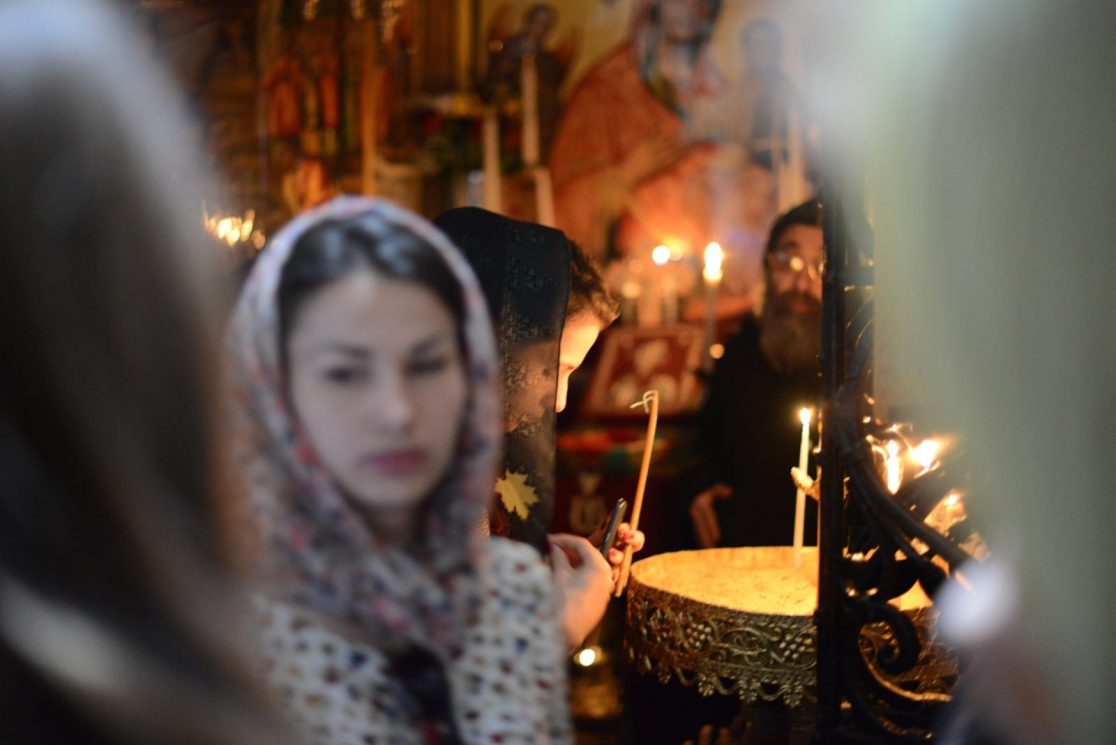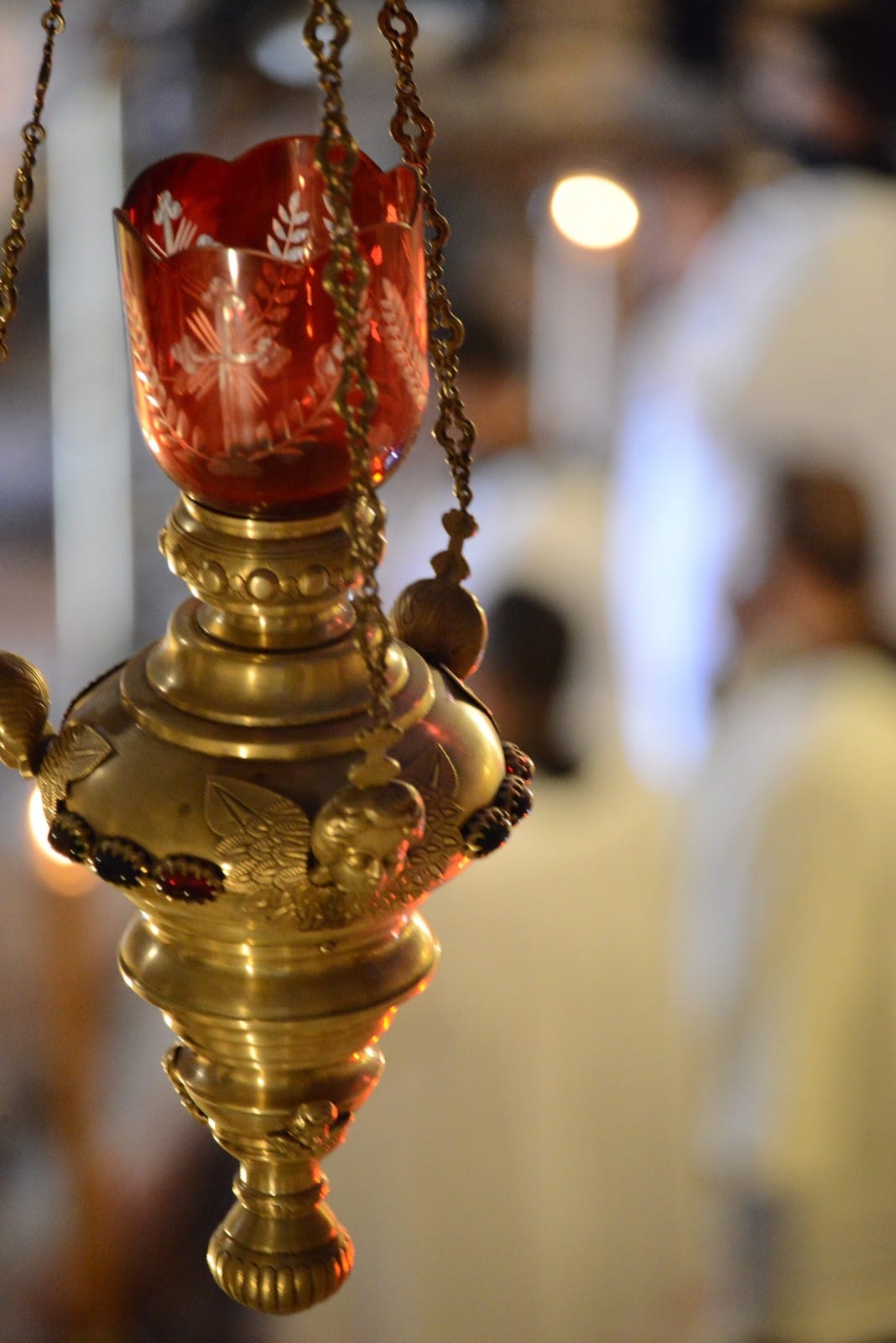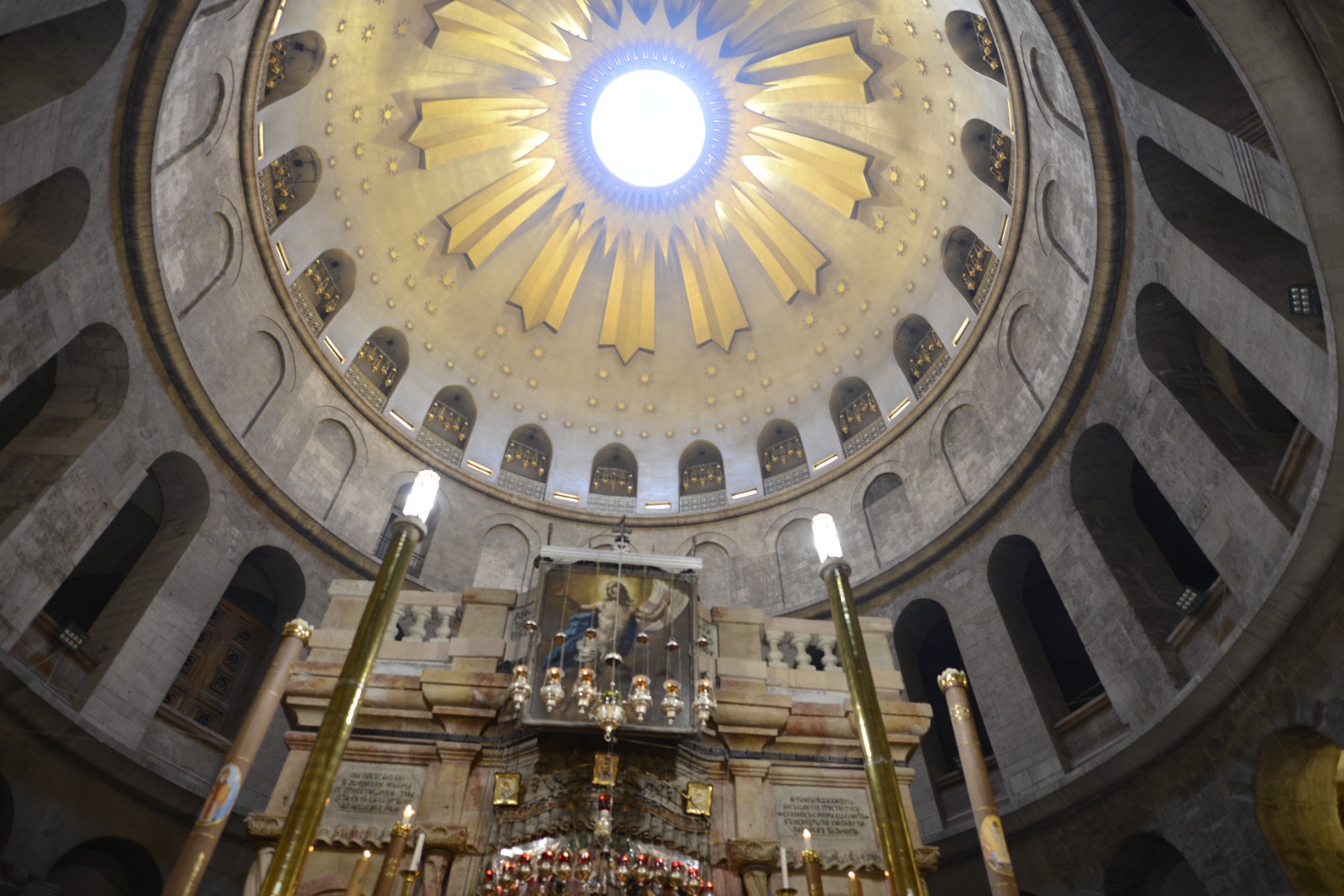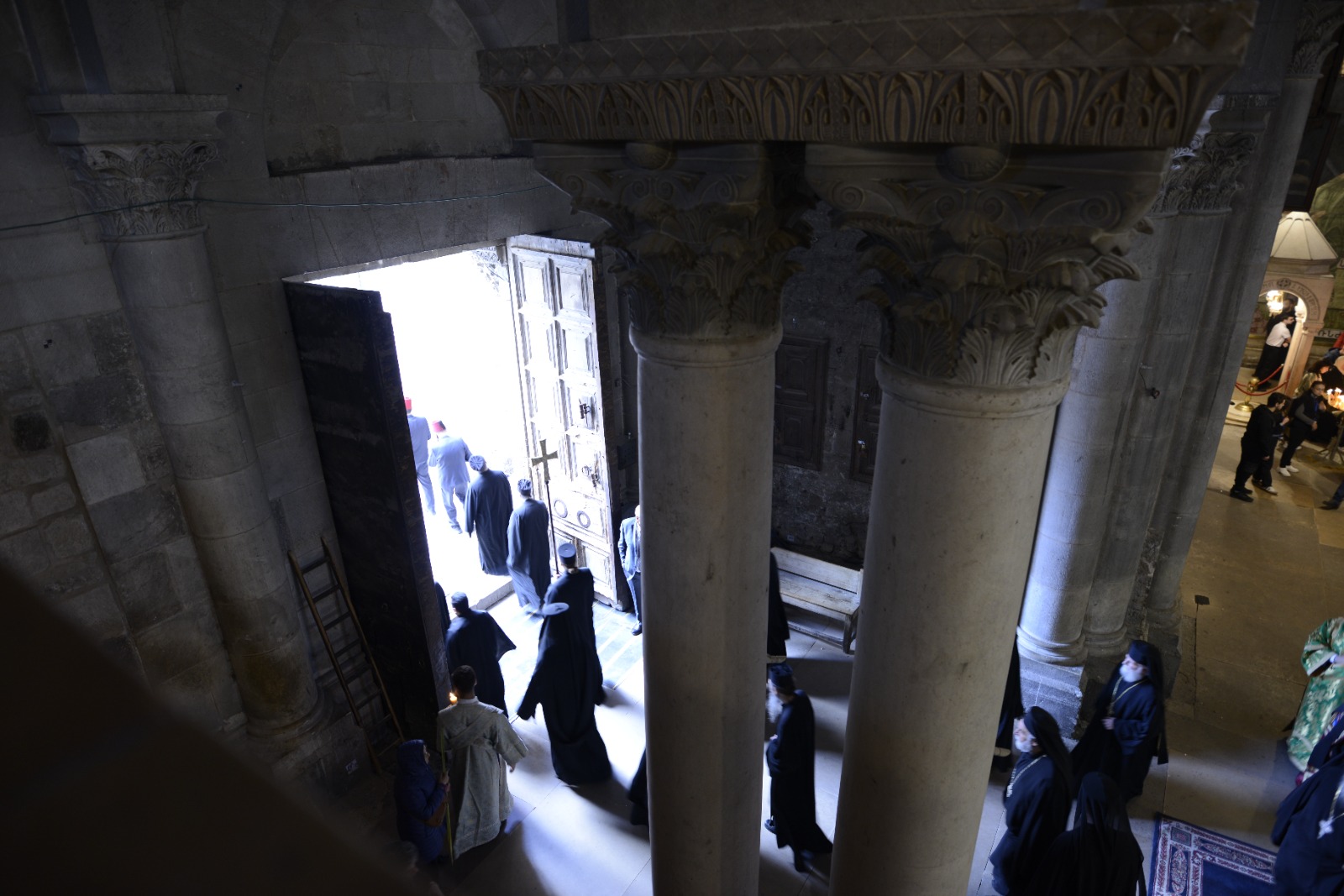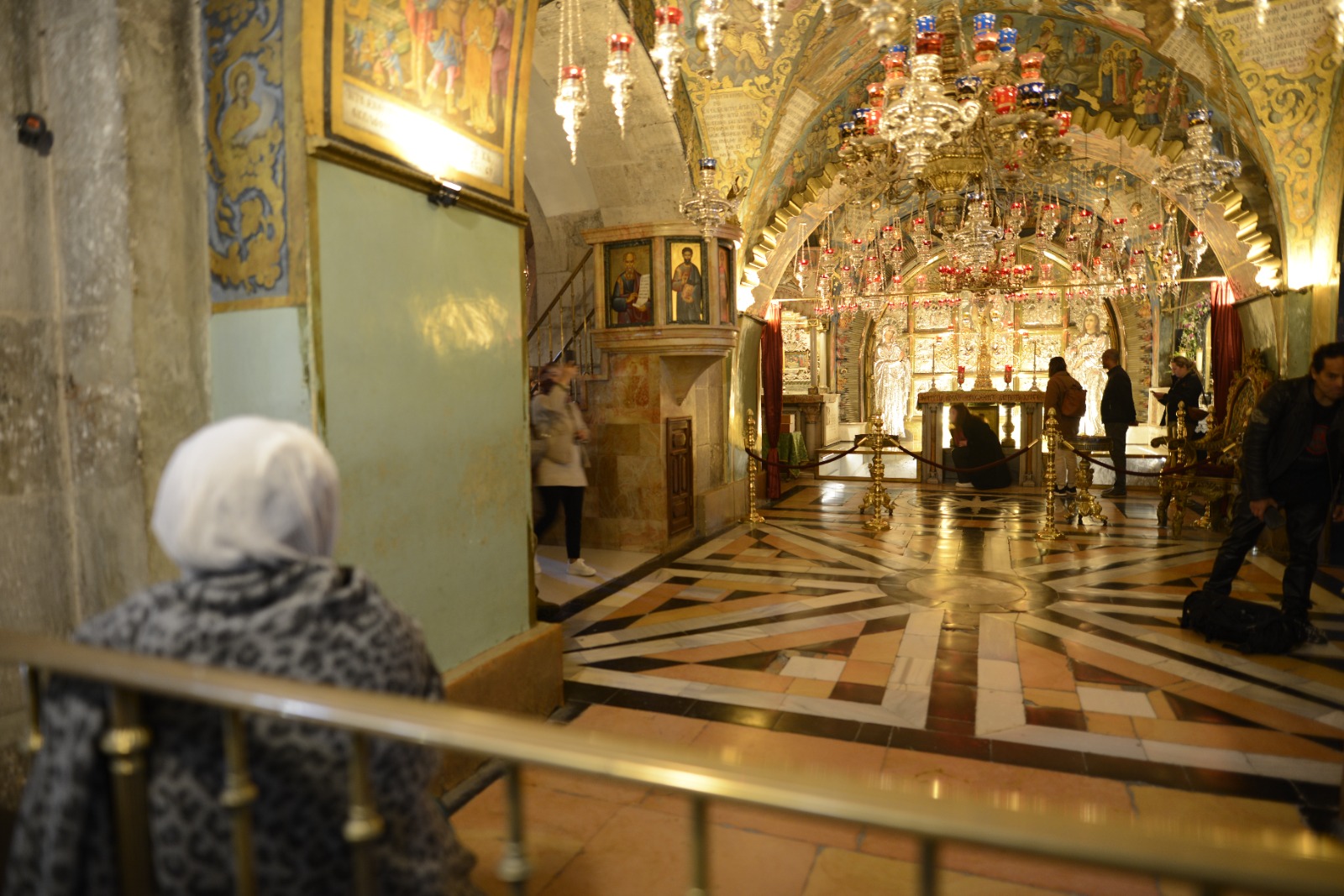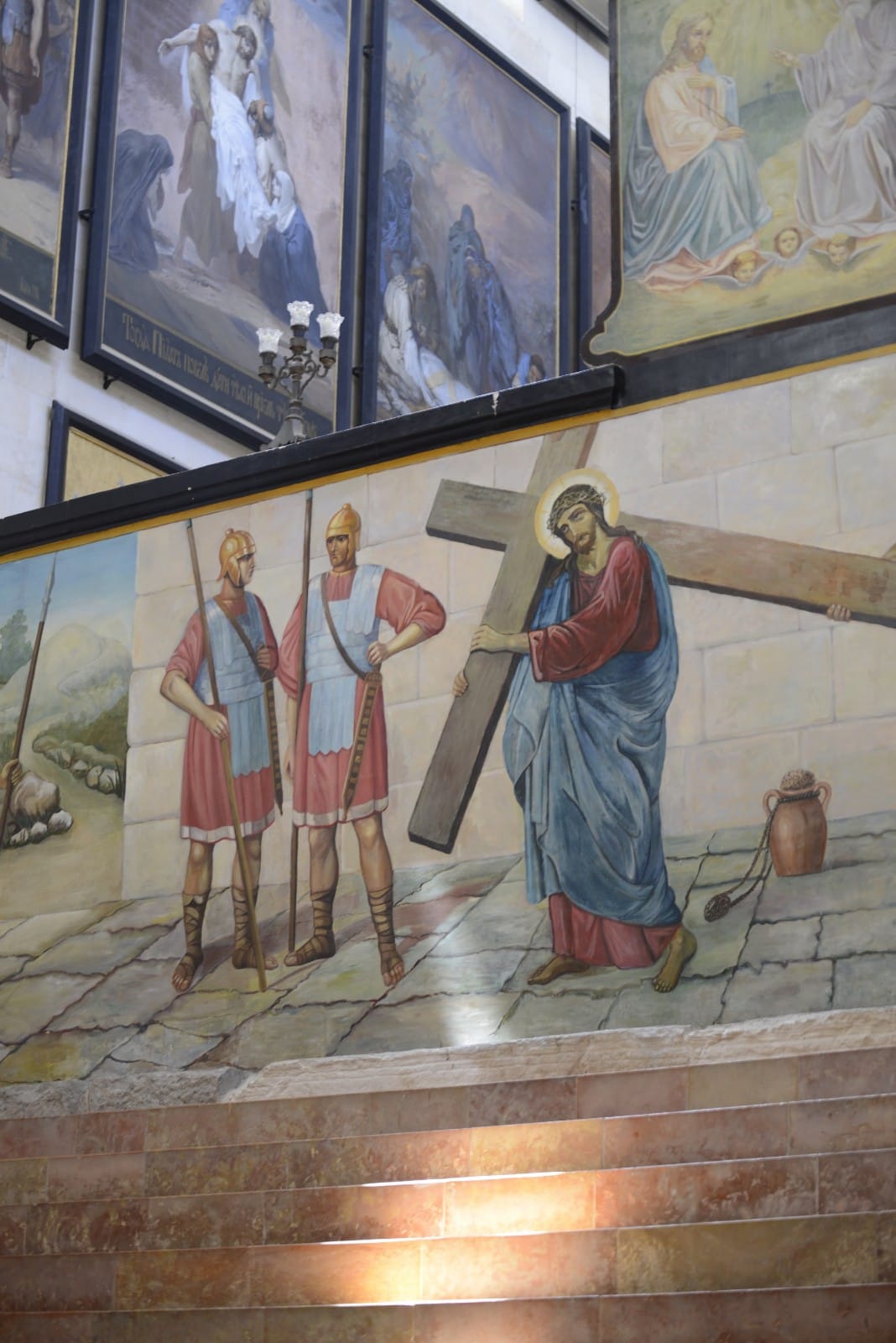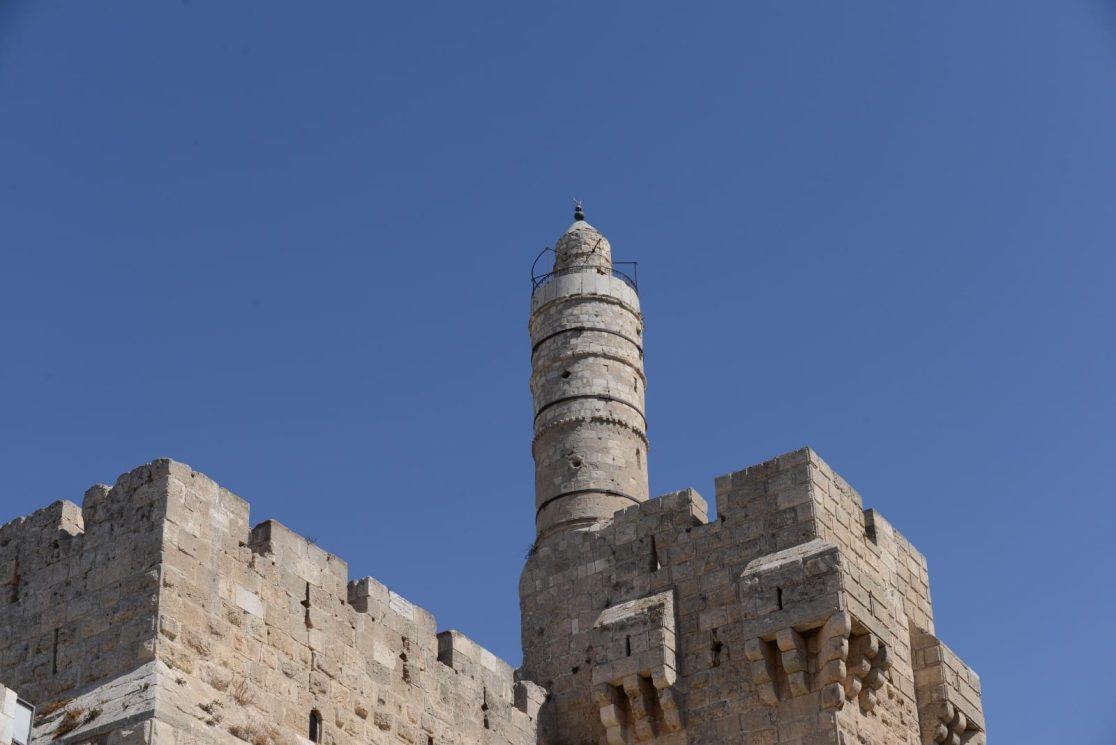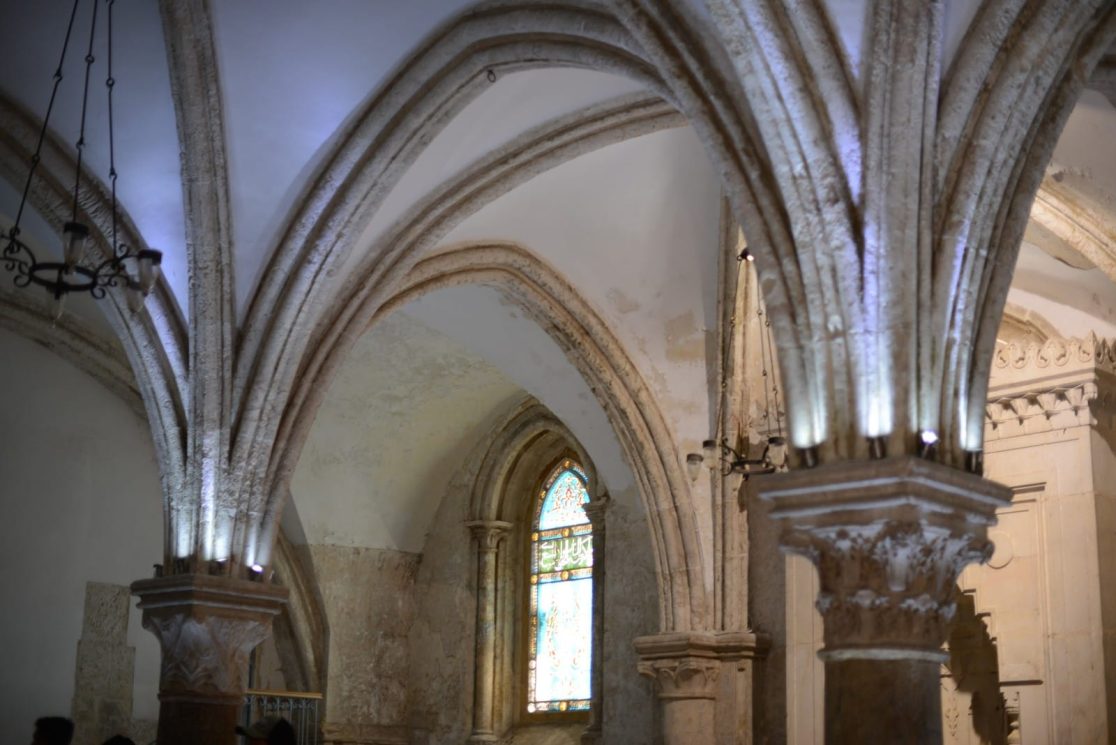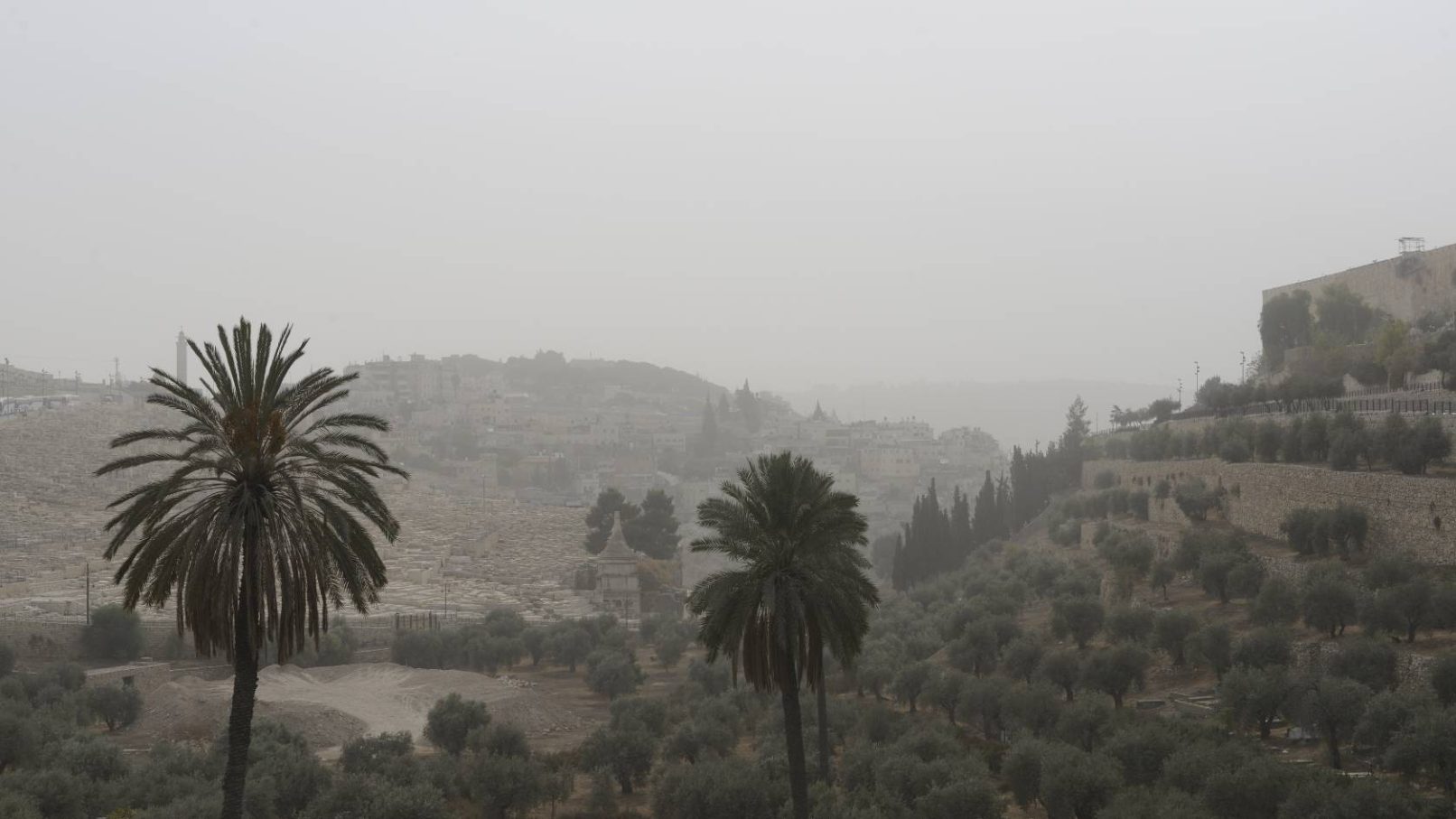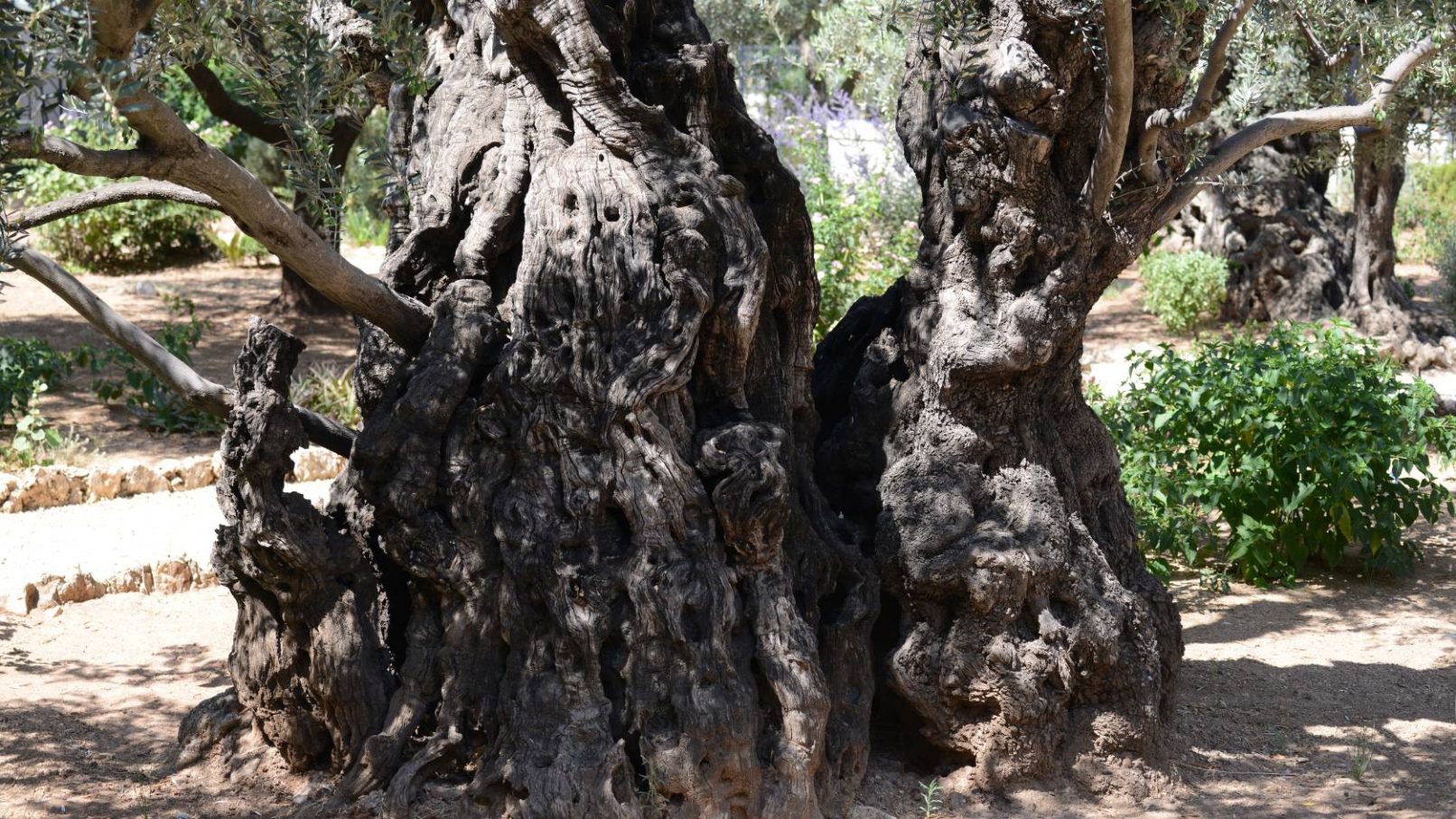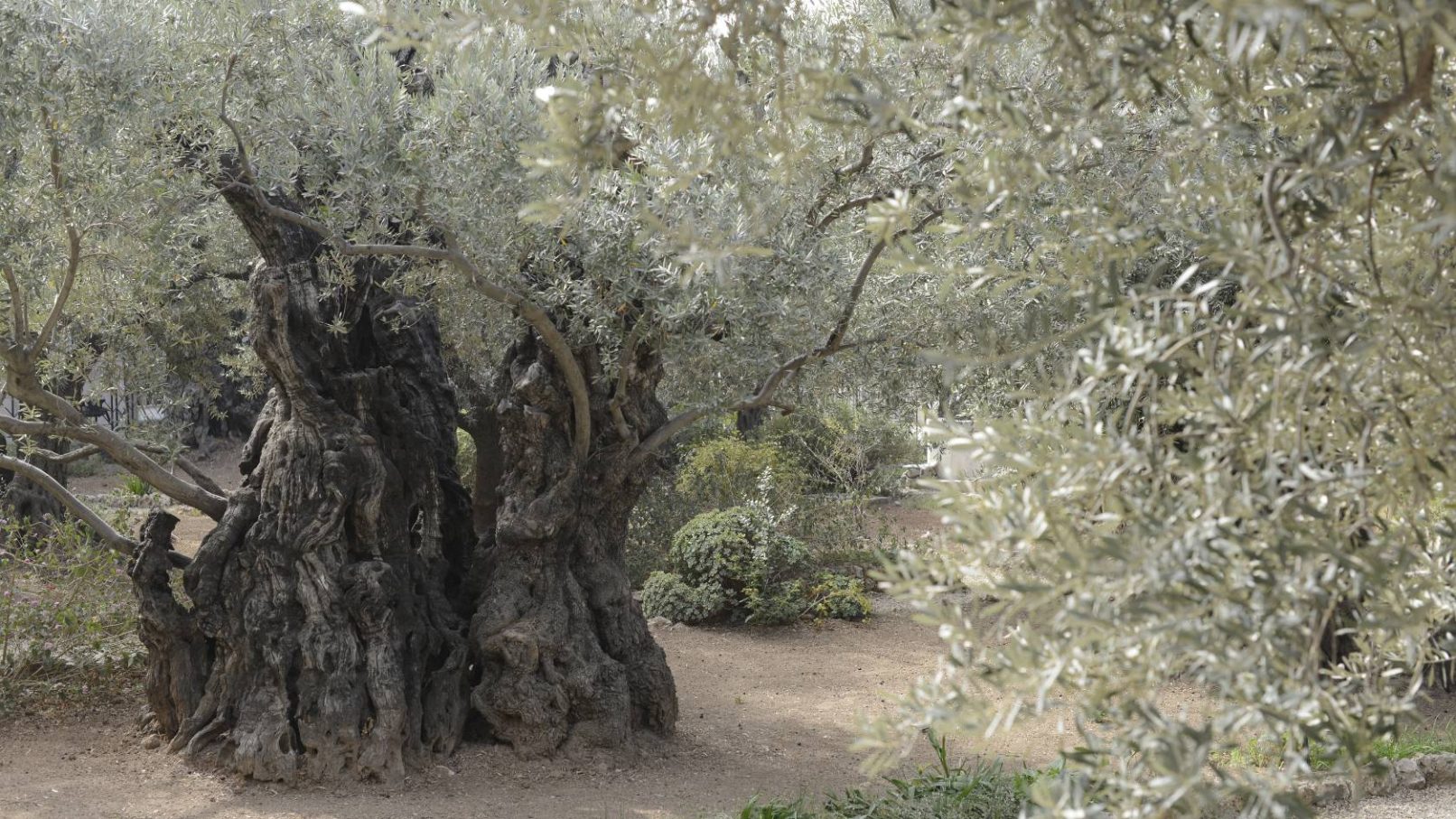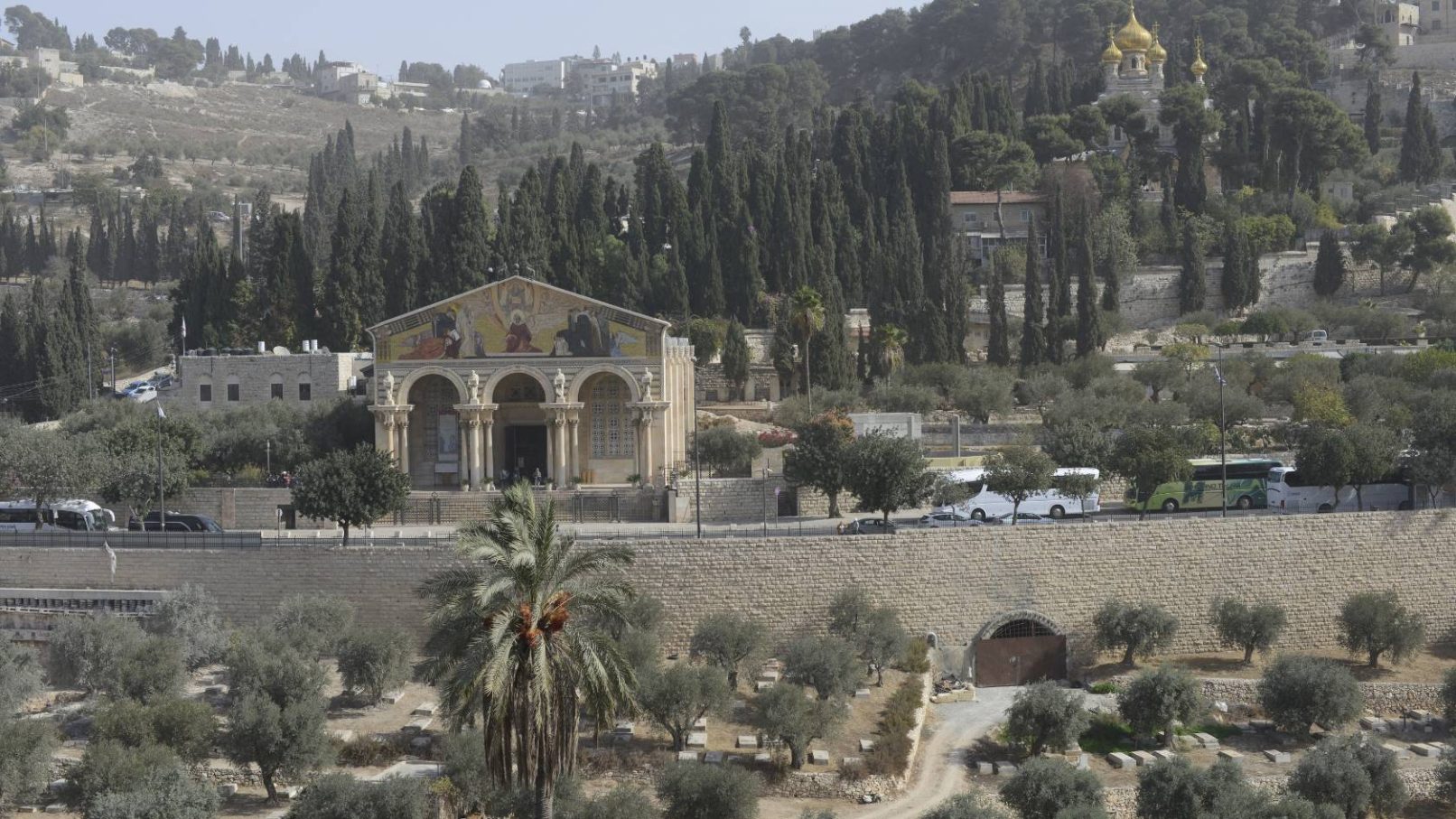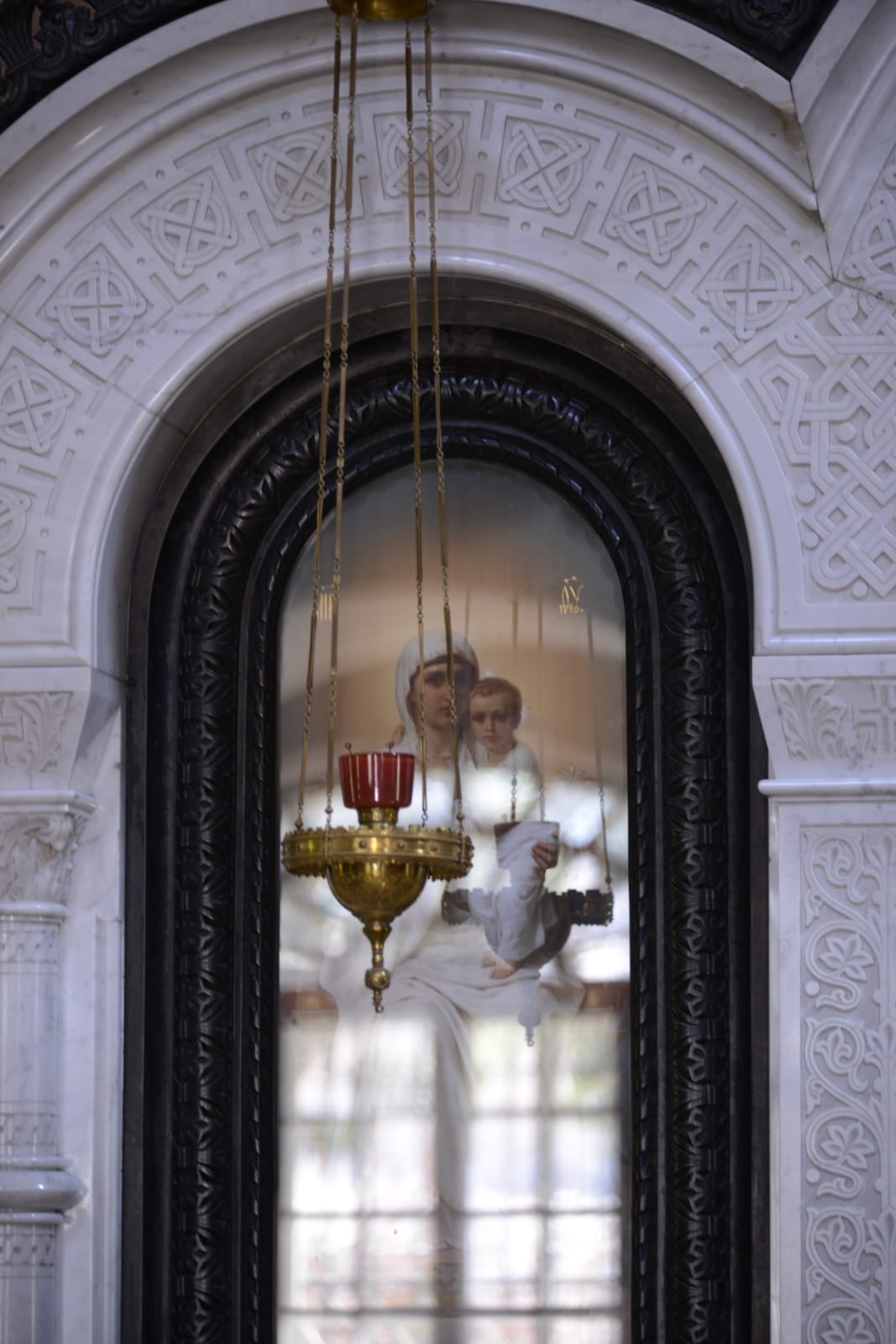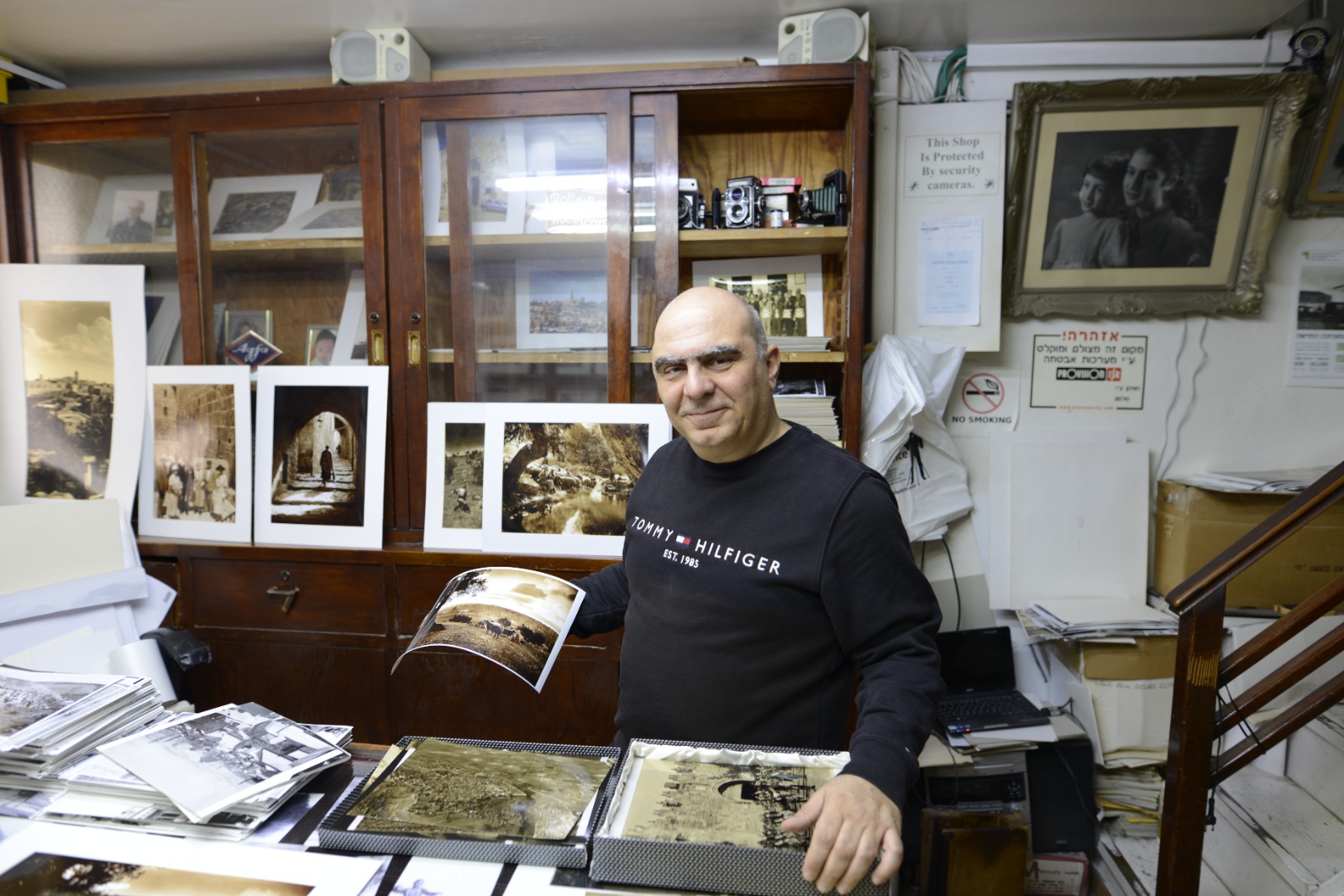The old city of Jerusalem
Step into the Old City of Jerusalem, a 4,000-year-old tapestry woven with history, culture, and spirituality. Divided into Jewish, Armenian, Christian, and Muslim quarters, each offers its own unique atmosphere, sights, and aromas. Wander through ancient alleys, vibrant markets, and sacred sites that have shaped civilizations.
Written by Zvika Gasner Koheleth, Photography by Angela Hechtfisch
Just like we promised ourselves, we returned to Jerusalem—not just once, but again and again, falling deeper in love each time. The Old City of Jerusalem quickly became familiar, its ancient, winding streets feeling like home.
From the iconic Jaffa Gate to David’s Tower, jerusalem kotel, strolling along Via Dolorosa, the Church of the Holy Sepulchre, and diving into the lively bazaar filled with intoxicating aromas—spices, mint, fresh sweets, vine leaves, pickles, dried fruits, and colorful woven baskets. With over 4,000 years of history, the Old City’s charm unfolds across four vibrant quarters—Jewish, Armenian, Christian, and Muslim—each with its own unique vibe, sights, and unforgettable scents.
Church of the Holy Sepulchre, Old City of Jerusalem
The Christian Quarter, a vibrant hub of global Christianity, is home to numerous ancient churches, crowned by the legendary Church of the Holy Sepulchre. Exploring this corner of Jerusalem’s Old City feels like stepping into living history, where countless traditions continue to shape billions of lives.
Whether your heart is full of faith, curiosity, or something in between— the Church of the Holy Sepulchre calls to you. The air hums with spirit the moment you enter. Stand at Golgotha (11th station), where many believe Jesus was crucified. Pause at the place of his final breath (12th), touch the Stone of Anointing (13th), and step into the stillness of the Tomb (14th), where death met resurrection.
Travelers from every corner of the globe come to witness the Church of the Holy Sepulchre. Three centuries after the crucifixion, Helena—mother of Emperor Constantine—identified the site, forever changing its destiny. Today, four Christian traditions—Armenian, Greek Orthodox, Roman Catholic, and Ethiopian—share its walls. Despite centuries of conquest and rebuilding, the church still pulls hearts in, thick with incense, hushed prayers, and the occasional tear of awe.
Skip the ticket line—it’s free. But crowds? They show up early and in full force!Visiting on special dates, like Easter Saturday (marking Jesus’ resting in the tomb), means facing huge lines but witnessing spectacular, unforgettable ceremonies.
The Church of the Holy Sepulchre is an eclectic structure, layered with history. Built in different periods, each section is managed by a different Christian denomination. It was originally identified as the site of Jesus’ crucifixion by Helena, mother of Roman Emperor Constantine, in the 4th century. Since then, it has withstood earthquakes, fires, and destruction—rebuilt time after time.
Helena is considered the first Christian pilgrim to the Holy Land. Her journey in the early 4th century marked the beginning of religious pilgrimage as a Christian tradition, setting a precedent for centuries to come. According to tradition, Helena ordered the destruction of a Roman temple on the site where the Church of the Holy Sepulchre stand nowadays , and—based on a legend that emerged in the late 4th century—began excavating in a location she chose herself. This led to the discovery of three crosses. The story appears fully in Rufinus’ additions to his Latin translation of Eusebius’ Ecclesiastical History (though the original text doesn’t mention the event). Rufinus recounts that Helena demanded clear proof of which cross belonged to Jesus. Possibly under the guidance of Bishop Macarius of Jerusalem, a gravely ill woman was brought forward. She touched the first and second crosses with no effect—but when she touched the third, she was miraculously healed. Helena then proclaimed this to be the True Cross.
Christian Quarter & Austrian Hospice in Jerusalem’s Old City
If you’re strolling through Jerusalem’s bustling Muslim Quarter and need a quiet break, step into the Austrian Hospice—a peaceful haven near Station III of Via Dolorosa, right at the junction of El-Wad and Hajay streets. Owned by the Roman Catholic Church, this charming guesthouse opened in 1863 and feels like a hidden gem straight out of history, with beautiful gardens, stone walls, and timeless archways.
Once inside (sometimes you’ll need to ring the intercom), relax in their Viennese-style café and treat yourself to mouth-watering strudel or schnitzel, accompanied by Mozart tunes in the elegant indoor lounge or sunny garden.
During busy times, you might wait about 15 minutes in line. Thankfully, they now accept credit cards (since 2021)—hallelujah! And don’t skip the rooftop terrace: for just 5 shekels (cash only), you’ll enjoy stunning panoramic views of the Old City’s rooftops, churches, and mosques.
Church of the Redeemer
In the heart of the Old City of Jerusalem Christian’s Quarter lies the “Muristan,” once home to the Crusader-era “Hospitallers” who established a hospital here in the late 11th century—today transformed into an eye-care center. Nearby stands the iconic Lutheran Church of the Redeemer, Jerusalem’s second Protestant church, built between 1893-1898 by Friedrich Adler and inaugurated by German Emperor Wilhelm II and his wife Augusta Victoria.
Pay 15 shekels, tackle the 200-step narrow staircase (yep, it’s a climb!), and earn a breathtaking panoramic view over the entire Old City.
In the pictures above, the Jerusalem Old city Christian quarter, the “Muristan”, a complex of streets and shops, including the “Church of Redeemer”.
Alexander Nevsky Church, Old City of Jerusalem
Named after a 13th-century Russian prince, Alexander Nevsky Church is a Russian Orthodox monastery in Jerusalem’s Christian Quarter—just steps from the Church of the Holy Sepulchre and across from the Church of the Redeemer.
Built in 1860, it stands above fascinating archaeological remains. Beneath street level is a stone arch believed to be part of the “Judgement Gate,” through which Jesus may have passed on the way to Golgotha—challenging the traditional Via Dolorosa route.
Beside the gate lies a piece of Calvary rock, with a crucifix above it.
Inside, the church displays Gospel-themed murals and icons of Russian Orthodox saints. A symbolic golden coffin stands before the iconostasis, representing Jesus’ shroud.
The monastery is open daily, usually until 13:00. Entry costs 5 shekels. Modest dress is required—so come prepared.
The Jewish Quarter and the Western Wall (Jerusalem kotel) in the Old City
Stroll through the Jewish Quarter’s charming alleyways, filled with vibrant bazaars offering souvenirs, colorful clothing, and delicious Eastern street food. These streets eventually open onto the majestic Western Wall Plaza.
The Western Wall (also known as the Wailing Wall, or the jerusalem kotel in Hebrew) is Judaism’s holiest site. It’s the last surviving retaining wall of the Second Temple, constructed by King Herod the Great. The Romans destroyed the Temple on the 9th of Av (70 A.D.), and since then, this sacred wall has been the heart of Jewish pilgrimage.
Above the jerusalem kotel sits the Temple Mount (Mount Moriah), now home to the Islamic Dome of the Rock. Non-Muslim visitors can enter the Temple Mount Sunday–Thursday (07:00–11:00 and 13:30–14:30) through the Mugrabi Gate, accompanied by Israeli Border Police.
For stunning panoramic views and memorable photos of the jerusalem kotel, head to the elevated balconies in the eastern section of the Jewish Quarter. Please respect local customs and avoid photographing on Saturdays (Shabbat).
Jewish festivals, like Shushan Purim or the Priestly Blessing during Passover, make the Wall exceptionally crowded, creating a fascinating atmosphere. Step up to the Western Wall and join in prayer. The area is divided by gender. Guys—grab a free paper kippah if you don’t have one. And everyone, dress modestly—it’s a must. Traditionally, visitors place personal prayer notes into the Wall’s crevices, hoping their wishes reach God. Entry is free.
Jerusalem’s Old City – Tower of David
Among the seven gates of Jerusalem’s Old City, the Jaffa Gate is the most popular entry point for tourists—and right beside it stands the Tower of David Museum, one of the city’s top attractions. This fascinating museum offers a deep dive into Jerusalem’s layered history, brought to life through a self-guided audio tour available in English, German, Russian, and Spanish. The self guided tour takes about 1–2 hours and provides a step-by-step journey through the city’s past. Entry costs 35 shekels per adult, with an additional 15 shekels for the audio guide.
Be sure to head up to the rooftop for an incredible panoramic view of the Old City. And if you’re there after dark, stick around for the stunning 30-minute light show that beautifully tells the story of King David’s life.
Just outside Zion Gate, on Mount Zion, you’ll find a site of great significance to both Jews and Christians.
Descend below, where stone holds silence. There lies the resting place of a king. This is David’s Tomb, a sacred space of whispered prayers, gender divided . Tradition says he lies here still— the shepherd boy turned giant-slayer, the unifier of the twelve Tribes of Israel. Step gently. Legends sleep behind these walls.
Upstairs, you’ll discover the Room of the Last Supper, a sacred Christian site believed to be where Jesus shared his final meal with his disciples. This Passover Seder, where he offered bread and wine as symbols of his body and blood, is the foundation of the Christian practice of communion. Shortly afterward, Judas betrayed Jesus to the Sanhedrin, leading to his crucifixion.
In art history, several iconic paintings depict this significant event, but two stand out above the rest. The most famous is Leonardo da Vinci’s The Last Supper, painted in 1495 on the wall of the dining hall (refectory) at the Convent of Santa Maria delle Grazie in Milan, Italy. Leonardo experimented with oil-based paints on dry plaster—a technique that sadly led to the fading of nearly 80% of the original colors over time.
A few years earlier, in 1480, the Italian master Domenico Ghirlandaio—best known as Michelangelo’s teacher—created another fresco of the same scene in the refectory of the Convent of Ognissanti in Florence. While Leonardo’s masterpiece is considered a pinnacle of Renaissance art, Ghirlandaio’s version is often noted for its architectural accuracy and more realistic portrayal of the dining space.
The Mount of Olives – A Jewish Perspective
The Mount of Olives is a prominent mountain ridge located on the eastern side of unified Jerusalem, offering a stunning view of the Old City. Its name comes from the olive groves that once covered its slopes. For over 3,000 years, the mount has served as a major Jewish cemetery, with approximately 150,000 graves. According to Jewish law, burial is not permitted within the walls of the city, which is why the Mount of Olives became the preferred burial site.
In Jewish tradition, the Mount of Olives holds deep spiritual significance, especially in light of Ezekiel chapter 37, which tells the prophecy of the “Valley of the Dry Bones” – a vision of resurrection and national rebirth. Tradition holds that in the Messianic era, those buried on the Mount of Olives will be the first to rise, as they face directly toward the Mercy Gate (Sha’ar HaRachamim) of the Temple Mount.
The Mount of Olives & Islam
In Islamic tradition, the Mount of Olives plays a significant role in the events of the end of days. It is believed that the Scales of Justice will be placed on the mount to weigh each person’s good and bad deeds. A thin, sharp bridge—spanning over Hell—will stretch between the Mount of Olives and the Temple Mount. The righteous will cross it safely, while the wicked will fall into the abyss below.
Mount of Olives and Christianity
Christians link the Mount of Olives to key moments in Jesus’s life, turning it into a major pilgrimage site. Because of its strong ties to both Jesus and the Virgin Mary, believers have built several important churches on and around the mount.
Garden of Gethsemane
One of the most notable events is Jesus’ triumphal entry into Jerusalem, seen by Christians as his Messianic declaration. Today, this is commemorated by the Palm Sunday procession, which starts on the Mount of Olives and proceeds toward the Lion’s Gate, continuing along the Garden of Gethsemane , at the foot of the Mount.
At this Garden Jesus taught his disciples and prophesied the destruction of Jerusalem. It is also where he spent the night after the Last Supper and was betrayed by Judas with the infamous kiss, leading to his arrest by Roman soldiers. According to tradition, this is also the area where Jesus spent 40 days after his resurrection before his Ascension to Heaven.
Today, at the Garden of Gethsemane, you’ll find an ancient olive orchard dating back to the time of Jesus, right next to the Church of All Nations.
Due to these profound connections, several churches have been established in the area, including:
-
The Church of All Nations
-
The Russian Orthodox Church of Mary Magdalene
-
The Tomb of the Virgin Mary, venerated by the Greek Orthodox Church
(Some traditions, however, claim that the Virgin Mary’s final resting place is in the Dormition Abbey, near Zion Gate.)
Where to Eat in Jerusalem
Hummus is a serious affair in Israel, and the Old City of Jerusalem offers some legendary spots. One of the most iconic—and quirkiest—is Abu Shukri, located on HaGay Street. Another great way to kick off your day is with a visit to Lina Hummus in El-Hattika Street on the Christian Quarter, just a short walk from the Church of the Holy Sepulchre. Both places for around $25 for two people, you’ll enjoy a freshly made, creamy plate of authentic hummus. People line up for a reason—so get ready to wait a bit!.
Another great hummus spot is Hummus Akwarmi, located just outside Damascus Gate on HaNevi’im Street (open Sunday–Friday, 7:00–14:30).
Looking for a fancier meal? Try Adom, located in the Old Turkish Train Station complex. These are among the top fine-dining spots in the city, with a meal for two averaging around 400 shekels (~€100).
And don’t skip dessert! Just beside the Damascus Gate is the legendary Jafar Sweets, famous for serving one of the best Knafeh in the country.
Outside the Old City, the main culinary hotspot—both in Jerusalem and across the country—is the incredible Mahane Yehuda Food Market on Jaffa Street.
Where to Stay in Jerusalem
Jerusalem offers accommodations for every budget and style—from the luxurious Mamilla Hotel, overlooking the Jaffa Gate, to the boutique charm of Villa Ba’Moshava. Many hotels offer special deals during Christmas, Easter, and other major holidays.
Jerusalem Old City & Shopping
Shopping in the Old City is a vibrant experience. Vendors fill the bazaar from Jaffa Gate to Damascus Gate with colorful souvenirs—ceramics, embroidered textiles, wooden carvings, ancient-style jewelry, and more. Prices are generally affordable, especially in local stalls.
For something more upscale, head to the Sandrouni Armenian Art Center on St. James Street in the Armenian Quarter. There you’ll find handcrafted Armenian ceramic art of museum quality—at a higher price, but worth every shekel.
In the Christian Quarter Photo Elia is an old-school photography shop, run by an Armenian family for three generations. Visitors flock to the shop for its rare and striking vintage prints of Jerusalem. In the 1990s, George, Elia’s son, began selling framed prints of his father’s photographs. The shop soon earned a reputation for its exceptional photographic art, which remains its main attraction. Elia’s grandson runs it today, proudly continuing the family legacy.


